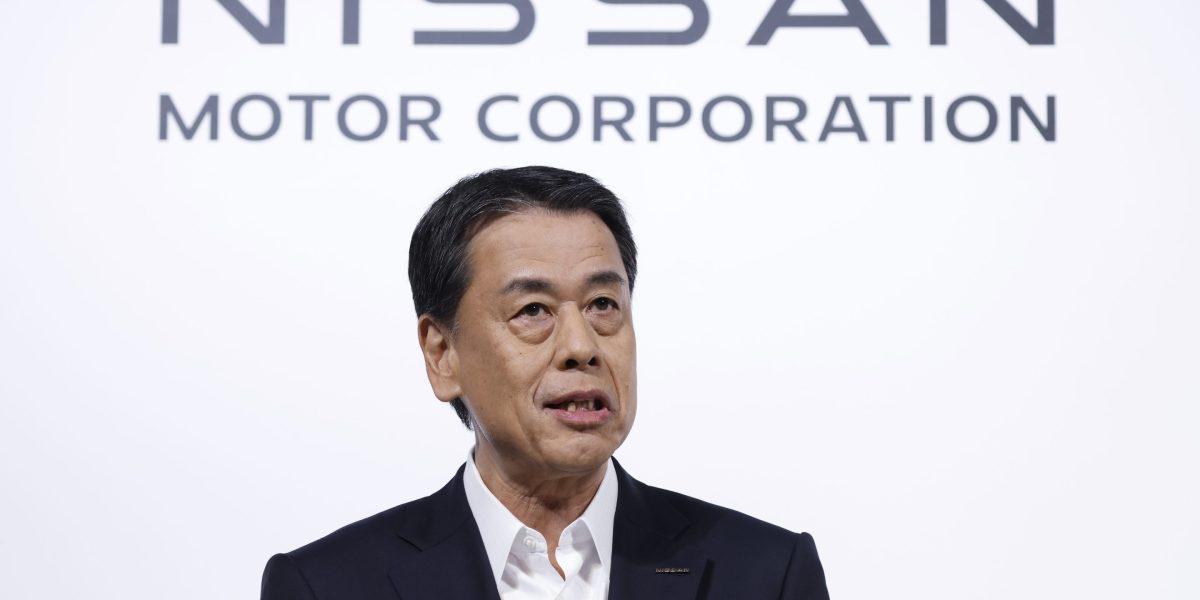Leica D-Lux 8 Review: A Compact Camera That Delivers

Do you remember the first time you heard your favourite tune? How the music seemed to fill the air and wash over your ears like a gentle breeze? Or perhaps the first time you tasted your favourite dish, its distinct flavours overwhelming your senses.
That's precisely how I felt the first time I used a Leica camera. Renowned for crafting some of the finest cameras on the market, Leica stands head and shoulders above the competition, boasting a history that defies belief.
I've been fortunate enough to handle both the Leica Q3 and the Leica SL3, among numerous other test devices over the past year. This experience has given me a deep understanding of what makes the brand so special.
However, there's always one snag â after each review period, I find myself torn between my newfound love for a Leica and my less-than-flush wallet. The joy of owning such a remarkable camera quickly fades, replaced by the grim reality of their hefty price tags.
But not this time. With the launch of the Leica D-Lux 8, the brand is aiming to make the best compact camera available. Does it live up to the hype? Let's delve into the details and find out.
Leica D-Lux 8: Price and Release Date
The Leica D-Lux 8 was unveiled on 23 May 2024, and went on sale on 2 July 2024.
The camera retails for £1,450 / $1,595 / AU$2,790.
Leica D-Lux 8: Features
We've been discussing this camera for so long now that it feels familiar, but let's quickly recap the key specifications. The D-Lux 8 features a 4/3" CMOS sensor with a resolution of 21MP.
This sensor captures the world through a fixed DC Vario-Summilux lens. The 10.9-34mm design equates to a 24-75mm lens on a full-frame camera, with an aperture ranging from f/1.7 to f/2.8 depending on the zoom level, reaching a maximum of f/16.
The camera body is crafted from magnesium and covered in leatherette. Inside, you'll find a single SD card slot, which can accommodate up to a UHS-II card.
Leica D-Lux 8: Design
Before diving into the technicalities, let's talk about the design. Leica rarely produces an unattractive camera â a few back catalogue models aside â but this D-Lux 8 is truly jaw-dropping.
Borrowing heavily from the Q3's design, the D-Lux 8 boasts the same button arrangement on the rear panel. Users will find playback and menu buttons surrounding a D-pad, alongside a large touchscreen, though it lacks a tilt function. While this is a slight drawback, it's unlikely to be a deal-breaker for the target audience.
In a word, it's classy. Elegant. Sophisticated. Perhaps three words are more appropriate, as it deserves them all.
Physically, the camera is a knockout, but some controls left me feeling slightly frustrated. For instance, the zoom control is located on the rocker switch surrounding the shutter button. As far as I could tell, there's no way to change this, which is immensely irritating.
Similarly, while the addition of physical focus selection and aspect ratio switches is appreciated, I found them a little difficult to locate without taking the camera away from my eye. This somewhat defeats the purpose.
Leica D-Lux 8: Performance
Let me start by saying this â if you seek Leica image quality, this camera delivers it in spades. The signature look associated with the brand's cameras is present and correct, featuring razor-sharp focus and pleasing bokeh. Shooting with a Leica is an experience, and this camera certainly lives up to expectations.
Initially, I had reservations about the overall image quality. Given that the camera uses a Micro Four Thirds sensor, this was a reasonable concern. But it proved entirely unfounded. I scrutinized the images I captured, pixel-peeping extensively, and had no concerns whatsoever.
Instead, the images produced by this camera were absolutely awe-inspiring. Mentioning the "Leica look" always feels like a cop-out, but there's a distinct character here that remains consistent across their range.
In hand, the camera feels generally good. It's smaller than other Leica models, which can occasionally feel cramped. But this is really nitpicking, and the sparse layout helps in that regard.
However, I would have loved to see a grip of some sort. I know, I know, Leica rarely includes them, but given the smaller size of the D-Lux 8, it would have been helpful.
Speaking of that smaller size, it's a little misleading. While it's inactive, the camera is perfectly pocketable, but engaging it causes the lens to extend quite noticeably. This is somewhat bothersome, but I suppose it could be worse.
Leica D-Lux 8: Verdict
There are numerous reasons why you might choose this camera. Want an affordable Leica? Here it is. Need one of the best compact cameras available? Check again.
Is it perfect? No, not by a long shot. There are a few things that annoy me, like the zoom speed and the odd placement of the dial.
But it *is
a fantastic camera, and it produces absolutely stunning images. And that's something you can't really put a price on.
Leica D-Lux 8: Also Consider
If you're in the market for a high-end compact camera with film-like features, the Fujifilm X100VI is a no-brainer. However, good luck getting your hands on one.
Alternatively, for a similar price, you could opt for a compact mirrorless camera. Something like the Sony A6600 with a lens will cost you about the same, with the added benefit of a more versatile interchangeable lens system.





